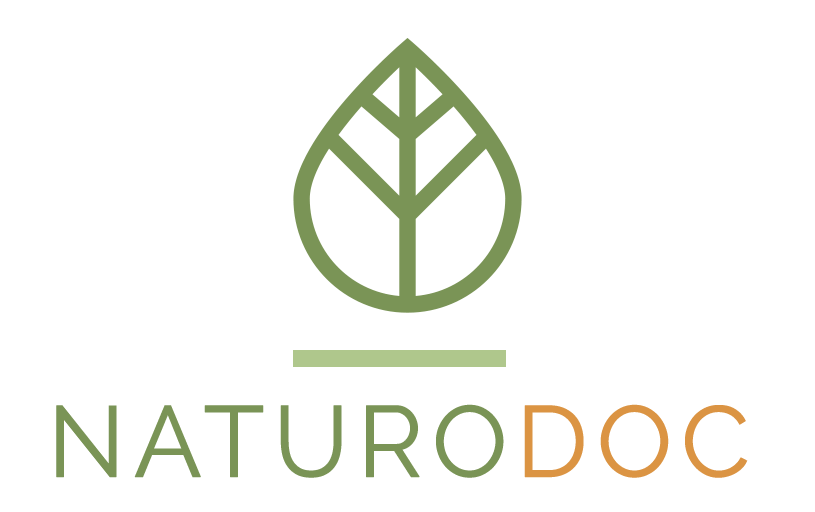Bee Venom Therapy Protocol
When to use Bee Venom Therapy
By Thomas Stearns Lee, NMD
The following protocol is for the information of health care professionals who will be using Bee Venom Therapy (BVT) in their practices.
Bee Venom Therapy can be used cases of neurological wasting diseases, demyelinating, neuraesthenic conditions affecting the limbs or digits, disorders of inflammatory responses locally due to neural pathology or nutrient deficiency, traumatic damage to soft or osseous tissue, and acute or chronic conditions that would improve with the increased efficiency of the inflammatory response and neural vitality. Consider this approach with challenging pathologies while continuing standard Naturopathic treatments and prescribing.
When to not to use Bee Venom Therapy
This procedure is contraindicated for patients on pharmaceuticals to suppress the immune system, steroid anti-inflammatories, or narcotics to remove pain sensations. It is also contraindicated for patients with chronic and current use of large-dose NSAID agents, the presence of any cancerous tumor within 3 inches of a treatment site, any known allergies to honey bee venom or demonstrated hypersensitivity to same, late-stage pregnancy, proximity (within 10 inches) of surgical implant materials or devices, or any situation where the vital force of the patient would obviously not be strengthened by localized trauma.
Cost of Materials
Material costs vary. At present one will pay about $50 per 10 ml vial, so each 0.1 ml of product costs about 50 cents. It is wise to attempt to purchase these materials during the spring honey seasons, when they are less expensive.
What form of bee venom is used
Sterile, injectible and hydrated to a potency of 1 mg per 1 ml active Mellitin, within a 10 ml vial can be purchased from several pharmacies. With this standardized product, 0.1 ml is injected intradermally into the skin only as deeply as a bee’s stinger, and this represents an average-sized bee sting.
What precautions are used
During initial evaluation and after the patient has been informed of the process, cost, the suggested evaluation period of three increasingly numerous sessions, and home management of discomfort (via standard RICE protocols), an initial trial sting of one-third the normal amount is given on a visible portion of the forearm or lower leg.
This should take place within a clinical setting where the practitioner has a pre-loaded syringe of Epinephrine available (the Bee Sting Kit), knows how to identify the signs of systemic anaphylaxis, and how to use said syringe. The patient should also be informed of this precaution protocol, as well as the extremely unlikely need for concern about honey bee venom.
Treatment protocol
1. Bee Venom triggers a local inflammatory response which can act as a temporary training event for the patient’s healing response. Observe the trial sting site for 15 minutes during case-taking. A negative indication of allergic reaction is when no response can be seen other than a slight reddening at the site. Determine target sites for whatever planned benefit (local trigger points, acupuncture points, neural therapy points, dermatome, or reflexology concerns, etc.). Present a plan for number and location of sites to the supervising physician and then to the patient.
2. Draw into an appropriate-sized syringe an equal amount of the Bee Venom material described and 2 percent Procaine. Place a 30-gauge needle on the syringe and have an ice cube and a paper towel available. After an alcohol scrub, press the ice cube against the target site firmly to patient tolerance for about 15-45 seconds. Upon release, promptly insert the Venom/Procaine mixture, totaling 0.2 ml per sting, into the skin at that target point. Proceed and repeat procedure until all sites have been injected.
3. After the treatment, explain the upcoming experience to the patient as follows, “You will experience a swelling and slight aching at those sites for the next several hours, and either later today or tomorrow the sites will be itchy. If you must, scratch with some clean cotton or fabric so as not to injure the skin, and if it gets too aggravating, use an ice cube and pressure for a few minutes to take the edge off that itchiness.” For patients treating painful conditions, the stings do not usually hurt much in comparison, and for patients fighting numbness and paralysis, any sensation is better, even if it is pain. “Contact me if you feel too uncomfortable, and we’ll see you at the next visit.”
Considerations
Never sting on an unresolved previous site. Use a different point, or wait until the sting has resolved (typically 1-5 days). Do not add more than 2-3 sites per visit. If this is to be a longer range of treatments, prescribe a Bee Sting Kit for Patients to have at home if they experience systemic allergy. Never add more volume to the site for more response. The next step up would be two sites within an inch, then three, etc.
This protocol is from the American Apitherapy Society, and member physicians are available for consult through this national organization should the need or interest arise. Please support their effort, and submit clinical results to the Journal of the American Apitherapy Society.
